Lily Bulbs
"Lilies bring an unmatched elegance to any garden, delivering bold colour, graceful blooms, and an irresistible fragrance throughout summer. These easy-to-grow bulbs thrive in borders, containers, and even patio displays, offering stunning flowers year after year with minimal effort. Whether you’re drawn to the towering beauty of tree lilies, the rich perfume of Orientals, or the vivid shades of Asiatic varieties, there’s a lily to suit every garden space. A true showstopper, lilies transform any outdoor area into a breathtaking floral display."
Peter McDermott, Head Gardener

OFF
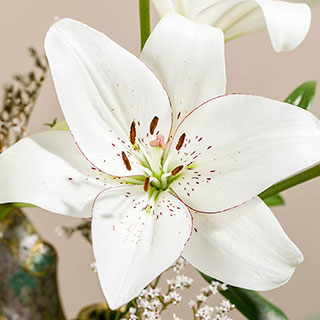
OFF


OFF
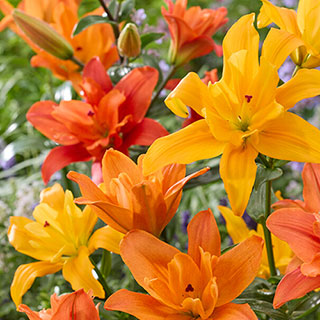
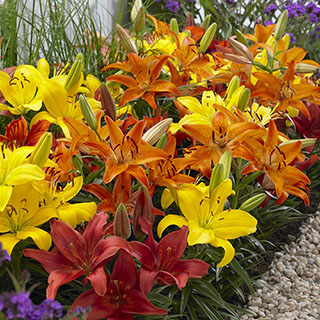

OFF
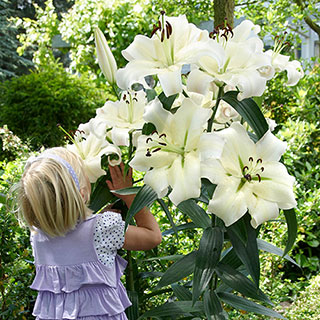
OFF



OFF



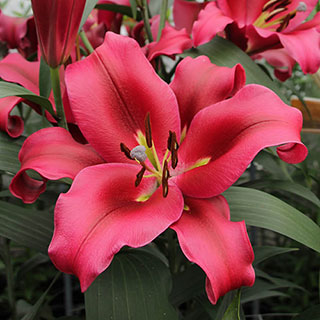


OFF

OFF
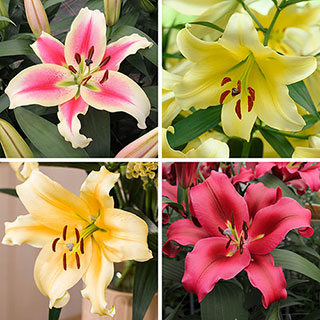

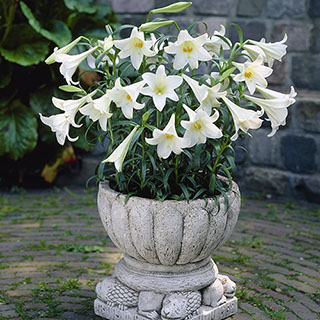
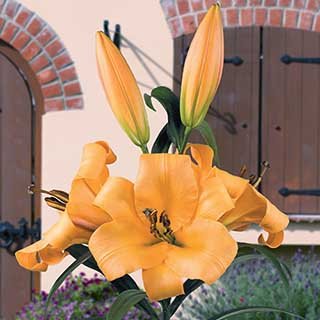
OFF
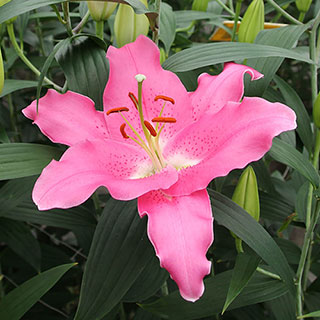
OFF
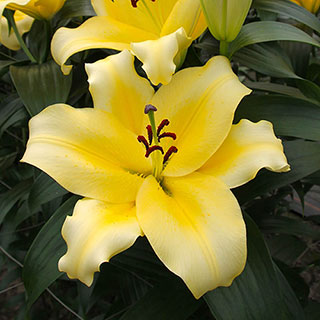
OFF
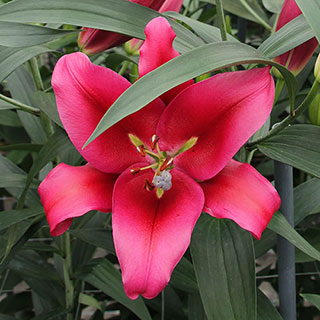
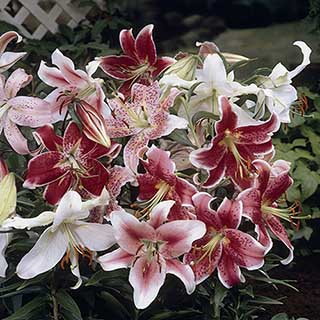
OFF
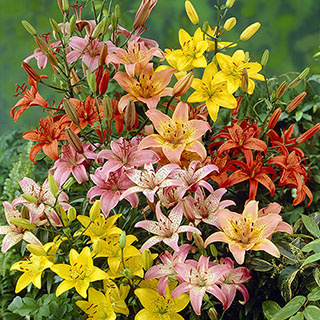
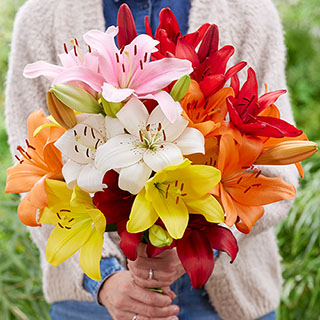
"Lilies bring an unmatched elegance to any garden, delivering bold colour, graceful blooms, and an irresistible fragrance throughout summer. These easy-to-grow bulbs thrive in borders, containers, and even patio displays, offering stunning flowers year after year with minimal effort. Whether you’re drawn to the towering beauty of tree lilies, the rich perfume of Orientals, or the vivid shades of Asiatic varieties, there’s a lily to suit every garden space. A true showstopper, lilies transform any outdoor area into a breathtaking floral display."
Peter McDermott, Head Gardener
Lilies are renowned for their exceptional beauty. With their vibrant colours, elegant shapes, and sometimes intricate patterns, they create a striking visual impact in any garden. From the regal trumpet-shaped blooms of the Aurelian lilies to the delicate and fragrant Oriental lilies, these flowers offer a wide range of captivating options to suit various aesthetic preferences. Planting Lily Bulbs couldn’t be simpler.
One of the most enchanting aspects of lilies is their captivating fragrance. The sweet, spicy, or citrusy scents that emanate from their blooms add an extra sensory dimension to your garden. Placing lilies near seating areas or garden paths allows you to fully immerse yourself in their aromatic charm.
Lilies are incredibly versatile and can be incorporated into various garden styles. Whether you have a formal garden, a cottage garden, or a contemporary landscape, there's a lily variety that can seamlessly fit into your design. Lily bulbs can be planted in beds, borders, plant pots, or even as cut flowers for stunning floral arrangements.
When to Plant Lily Bulbs
Lilies are typically planted in the spring or autumn. Spring-planted bulbs produce flowers in the same year, while autumn planted bulbs will bloom the following year.
Planting Lily Bulbs:
When selecting lily bulbs, opt for healthy, firm bulbs that are free from blemishes or signs of rot. Look for bulbs that are plump and have no soft spots. Choose varieties that are suitable for your climate and growing conditions.
Select a location in your garden that receives at least six hours of sunlight per day and has well-draining soil or compost. Lilies prefer slightly acidic soil with good moisture retention.
If you have a taller growing variety, you may need to put in stakes to tie them to so they don't get blown around by the wind. They usually like their roots to be in the shade and they blooms in the sun. The reason lilies are so easy to grow is because they are a very hardy plant. After the flowering season they should be allowed to die back on their own. This results in more flowers the following year.
Plant lily bulbs at a depth of three times their height, with the pointed end facing upward. Space the bulbs approximately 12 to 18 inches apart to allow for proper growth and airflow. Ensure that the soil is loose and well-prepared before planting.
Lilies appreciate consistent moisture, especially during their growing and blooming period. Water them deeply but avoid overwatering, as excessive moisture can lead to bulb rot. Applying a layer of organic mulch such as our 5 star rated Strultch around the base of the plants helps retain moisture, regulate soil temperature, and suppress weed growth.
Companion Plants for Garden Lilies:
To enhance the beauty of lilies in your garden, consider planting them alongside compatible companion plants. Here are a few suggestions:
Perennial Geraniums: The low-growing foliage of geraniums provides an attractive backdrop for the taller lily stems and showcases the lily blooms.
Salvia: The vertical growth and vibrant hues of salvias such as this Salvia 'Amethyst Lips' create a beautiful contrast when combined with lilies.
Nepeta (Catmint): The soft, billowing foliage and delicate purple flowers of catmint complement the bold presence of lilies. Plus your cats will love this in the garden.
Adding a few lily bulbs into your garden will provide a touch of elegance, fragrance, and visual delight. With proper care and consideration, these beautiful flowers will reward you with a stunning display year after year.

